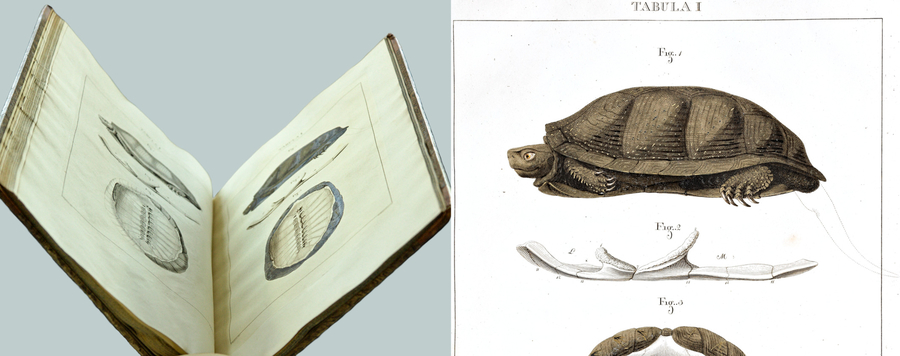
Ludwig Heinrich Bojanus and the anatomy of the European pond turtle: Facts, fiction, and future
Detailed anatomical knowledge is a prerequisite for studying a variety of biological questions. This holds true particularly for the evolutionary realm, in which fossils play an important role. Putting paleontological data in perspective consequently requires a profound knowledge of the corresponding structures of the extant representatives of a given lineage as well. Numerous morphological studies have contributed to our understanding of chelonian anatomy over the past centuries, but one of the earliest ones—whose completion celebrated its bicentenary with this symposium—still stands out among all of them: Anatome Testudinis Europaeae, published by Ludwig Heinrich Bojanus (1776–1827) in two installments in 1819 and 1821. Numerous myths around this publication have evolved ever since. The intent of this article is to set the record straight for some of them, and, based on personal inspection of multiple copies, to discuss currently unrecognized aspects about the existence of exceptional colored variant editions. This ends in a proposal for how this work could be used even more effectively in its upcoming third century of existence. Last but not least and despite the controversies related to its bibliographical aspects, one fact remains an unchallenged reality: Anatome Testudinis Europaeae, even 200 years after its first publication, still ranks very high among the most detailed and accurate anatomical works on a single chelonian—and for that matter reptilian—species ever produced and has lost absolutely none of its value for modern-day science.






